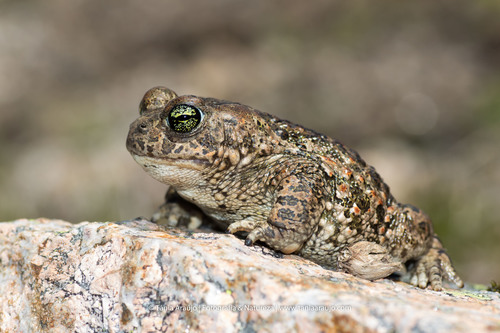
Natterjack Toad
The natterjack toad, with its striking yellow dorsal stripe and unusual running gait, thrives in sandy European habitats. Known for its resonant mating call, this toad plays a crucial role in controlling insect populations, illustrating its importance in maintaining ecological balance.
10-15 years
Lifespan
3.96 kg
Weight
Length: 5 - 8 cm; Height: 3 cm
Size
Brown, Yellow, Green, Cream
Color
2 years
Age of Sexual Maturity
3-4 weeks
Age of Weaning
Least Concern
Conservation Status
Decreasing
Population Trend
Characteristics
Epidalea calamita, commonly known as the natterjack toad, is a small amphibian native to Europe. It features a distinctive yellow stripe down its back and a loud mating call. Preferring sandy and heathland habitats, it is known for its unique 'running' gait rather than hopping.
Distribution Range of the Natterjack Toad
Epidalea calamita, commonly known as the Natterjack Toad, is native to western Europe. Its geographical distribution includes countries such as the United Kingdom, Ireland, France, Belgium, the Netherlands, Denmark, Germany, and parts of Spain and Portugal.
Natterjack Toad's Habitat
Environmental Conditions
The Natterjack Toad typically inhabits sandy and heathland areas with sparse vegetation, such as coastal dunes, heathlands, and sandy heaths. It prefers open, sunny areas with loose soil that facilitates burrowing. These environments also provide the temporary water bodies necessary for breeding.
Ecological Niche
Epidalea calamita is adapted to lowland habitats where it can exploit temporary ponds for breeding. It has a preference for habitats that are less competitive and has evolved to thrive in sandy soils where it can dig burrows for refuge. The species is also known for its loud mating calls, which can be heard over long distances, aiding in its reproductive success in open landscapes.
Copyright @ Nature Style Limited. All Rights Reserved.
 English
English